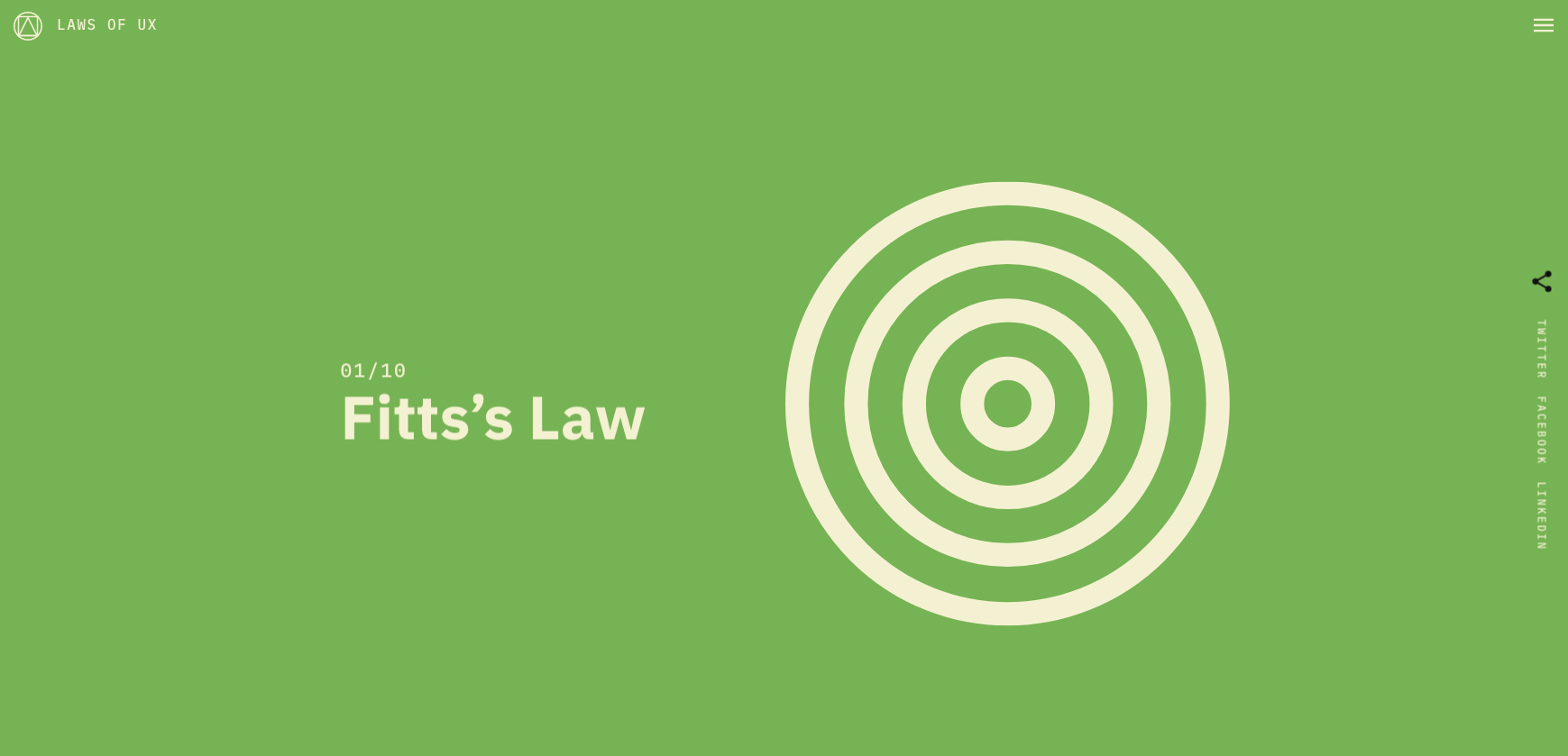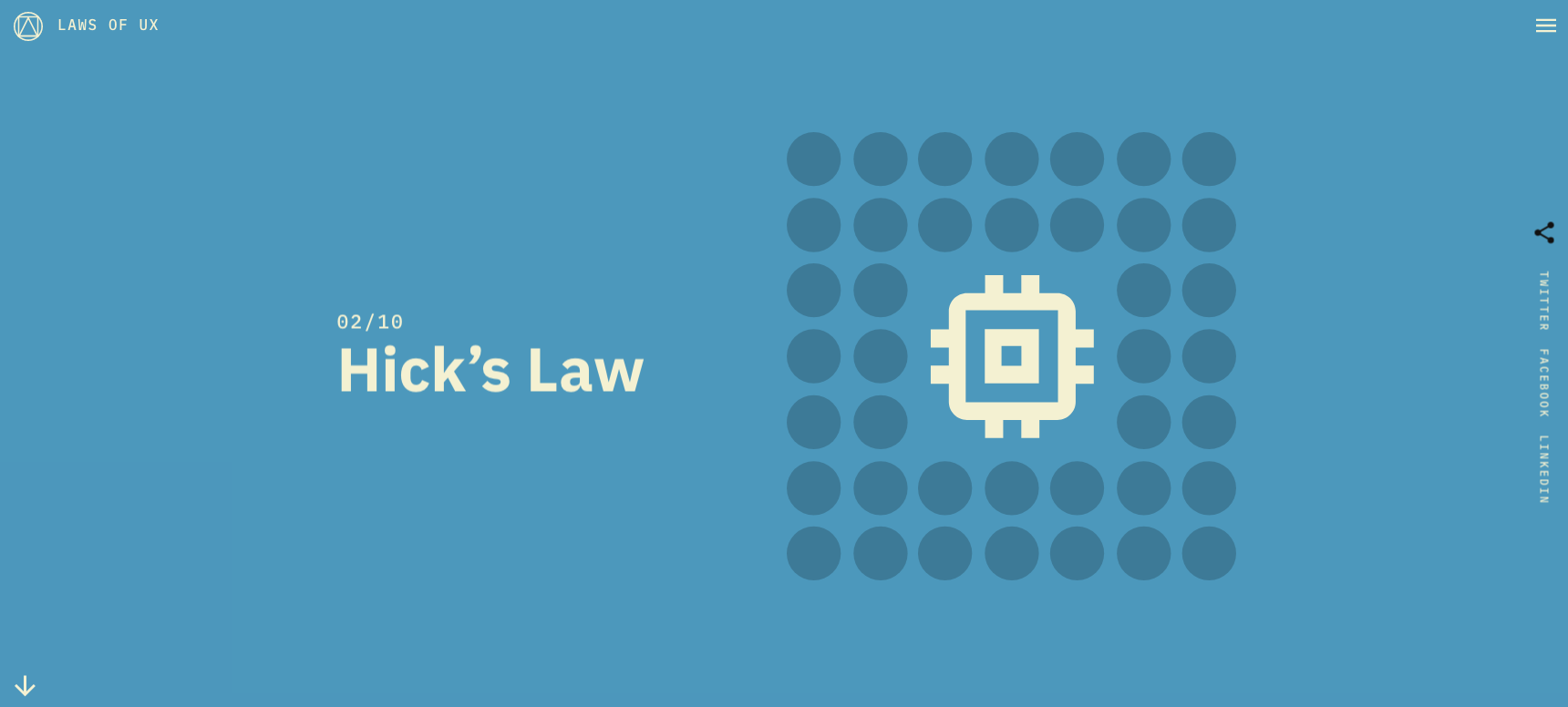10 rules of great user experience
Brush up on your UX with this beautifully designed online guide.
Here's one to bookmark: Laws of UX explores the links between user experience design and 10 key psychological principles, to provide valuable guidance for designers building user interfaces. If you hadn't really considered it in much depth before, it's a fascinating insight into why we design interfaces the way we do.
On this helpful site, each of the 10 vital UX rules is accompanied by an overview, further explanation, and a selection of further reading to dig into. And as you'd expect from a site dedicated to UX, it's beautifully designed and a breeze to navigate, with subtle animations that help the information shine.

Rule number 1 is Fitt's Law, which states that "the time to acquire a target is a function of the distance to and size of the target." What does that have to do with UX design? Well, it has implications for the size and positioning of your navigational elements.
In your interfaces, you should aim to reduce the distance from one point of navigation to the next as much as possible, as well as ensuring you make the target object large enough so that the user can spot and select it easily, without sacrificing accuracy.

Rule number 2 is Hick's Law: "The time it takes to make a decision increases with the number and complexity of choices." Another biggie for UX designers.
Everyone knows that UX design is predominantly about making your users' lives as easy as possible, and part of that is about not throwing every option under the sun at them and asking them to put the leg work into figuring out what they want.
Laws of UX was created by frontend designer Jon Yablonski, who designed it in Sketch, and it's powered by Gulp, Sass and Nunjucks. Take a look to explore the science behind more UX laws.
Daily design news, reviews, how-tos and more, as picked by the editors.
Liked this? Read these:

Ruth spent a couple of years as Deputy Editor of Creative Bloq, and has also either worked on or written for almost all of the site's former and current design print titles, from Computer Arts to ImagineFX. She now spends her days reviewing small appliances as the Homes Editor at TechRadar, but still occasionally writes about design on a freelance basis in her spare time.
